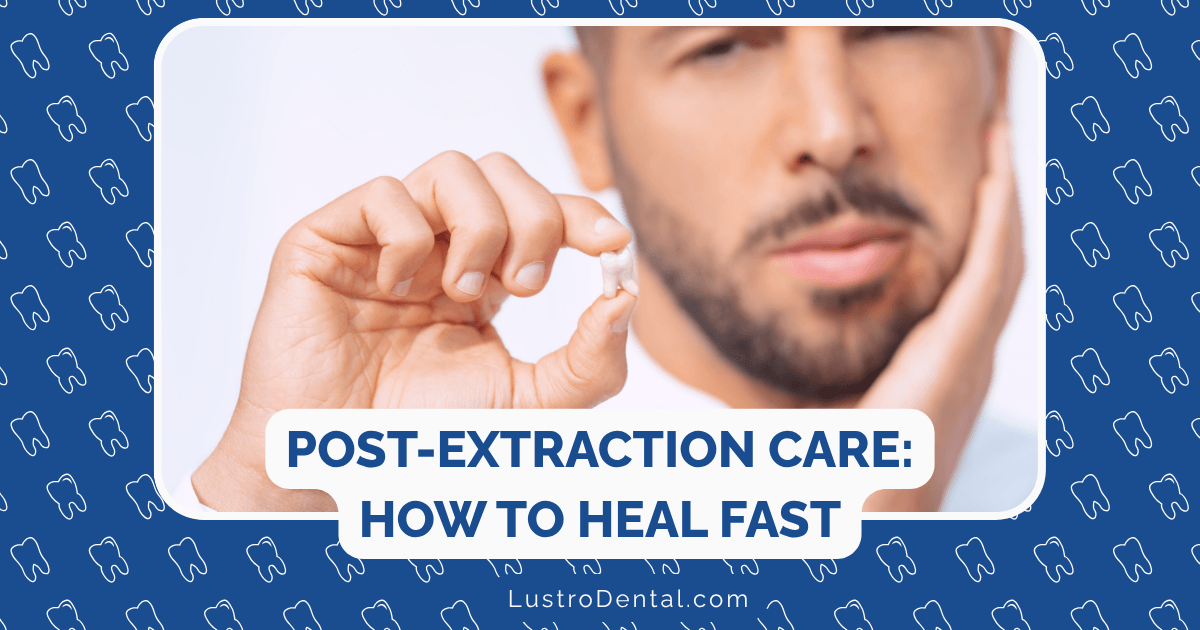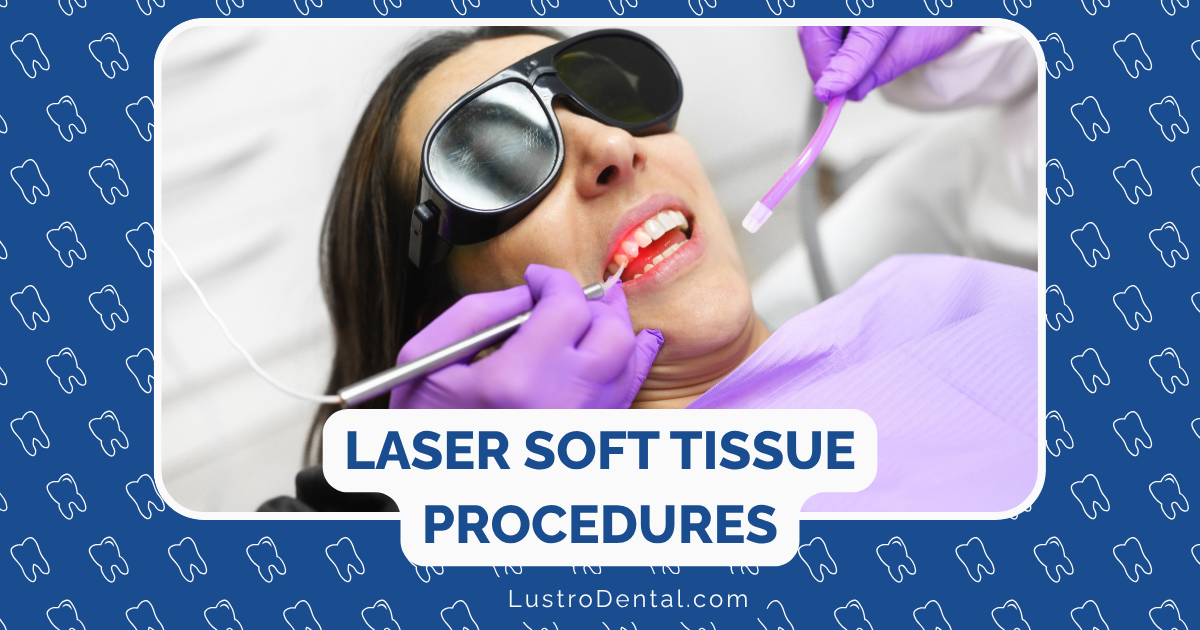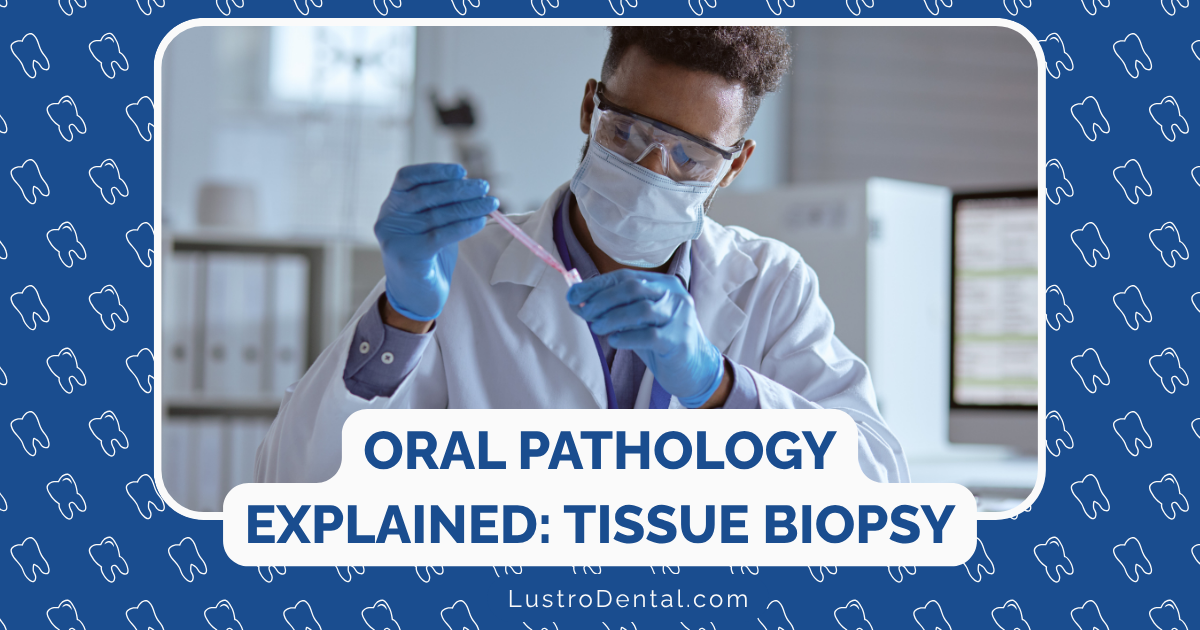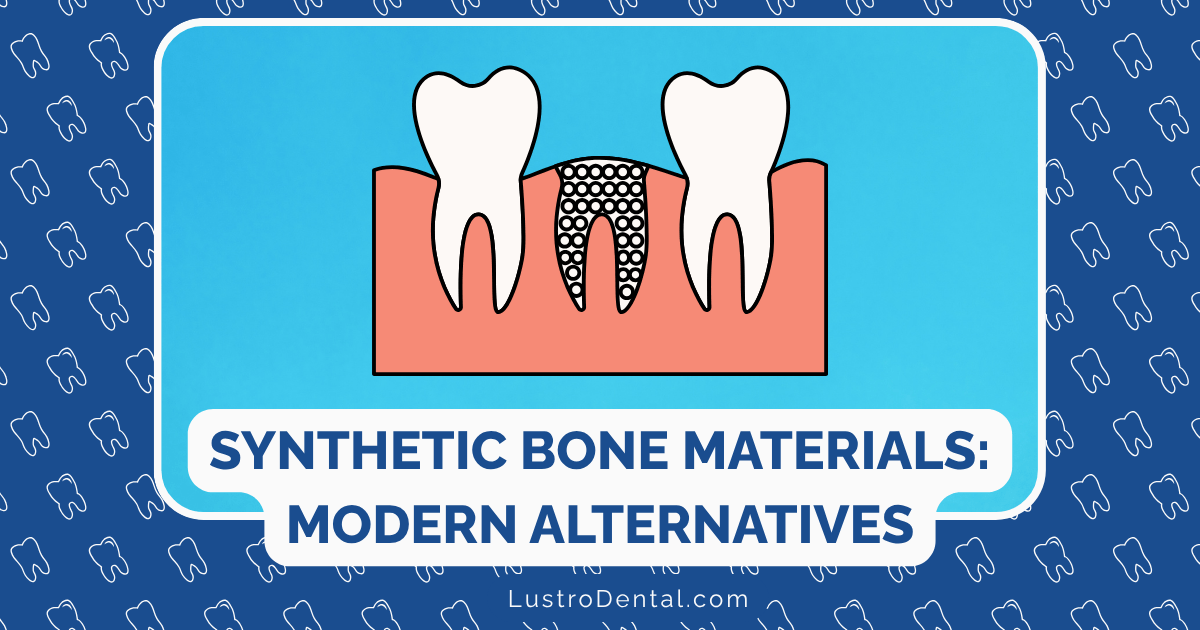Post-Extraction Care: Avoiding Dry Socket and Promoting Healing

Having a tooth extracted is never fun, but what comes after can be even more challenging if you don’t take proper care of the extraction site. I’ve seen patients who followed every instruction to the letter and healed beautifully—and I’ve also seen those who developed painful complications that could have been avoided.
The most common post-extraction complication is dry socket, a condition that affects approximately 2-5% of all extractions but up to 30% of wisdom tooth removals. The good news? With proper care, you can significantly reduce your risk and promote faster healing.
Understanding Dry Socket: The Enemy of Healing
Before we dive into prevention, let’s understand what we’re trying to avoid.
What Exactly Is Dry Socket?
Dry socket (alveolar osteitis) occurs when the blood clot that normally forms in the socket after an extraction either fails to develop, dissolves too early, or becomes dislodged. This blood clot is not just a byproduct of the extraction—it’s a crucial protective layer that:
- Covers exposed bone and nerve endings
- Provides a foundation for new tissue growth
- Protects the healing site from external irritants
When this protective clot is lost, the socket becomes “dry,” exposing bone and nerves to air, food, and bacteria. According to the Cleveland Clinic, this can lead to intense pain and delayed healing.
How Would I Know If I Have Dry Socket?
Recognizing the symptoms early can help you get prompt treatment. Look out for:
- Severe pain that typically begins 1-3 days after extraction
- Pain that radiates to your ear, eye, temple, or neck
- Visible bone in the socket where the clot should be
- Unpleasant taste or persistent bad breath
- Mild fever in some cases
Dr. James Miller, an oral surgeon at Mayo Clinic, notes that “the pain of dry socket is often described as more severe than the pain of the extraction itself.”
Prevention: Your First Line of Defense
Now that we understand what’s at stake, let’s focus on specific steps to prevent dry socket and promote optimal healing.
The Critical First 24 Hours
The day of your extraction is when the foundation for healing is established. During this period:
1. Maintain the Blood Clot
- Keep gauze in place for the recommended time (typically 30-45 minutes)
- Avoid rinsing or spitting forcefully
- Don’t touch the extraction site with your tongue or fingers
- Avoid creating suction in your mouth
2. Manage Bleeding and Swelling
- Apply ice packs to the outside of your face in 15-minute intervals
- Keep your head elevated, even while sleeping
- If bleeding continues, bite down on a fresh piece of gauze or a moistened tea bag (the tannic acid in tea can help clot formation)
3. Rest and Recover
- Avoid strenuous activity for at least 24-48 hours
- Take prescribed pain medication before the anesthesia wears off
- Stay hydrated with cool (not cold) water
Days 2-7: The Healing Phase
As healing progresses, you’ll need to adjust your care routine while still protecting the developing clot.
1. Oral Hygiene Adaptations
After 24 hours, you can begin gentle cleaning:
- Rinse with warm salt water (½ teaspoon salt in 8 ounces of warm water) 2-3 times daily
- Brush carefully, avoiding the extraction site
- Use any prescribed antimicrobial mouthwash as directed
A study published in the Journal of Oral and Maxillofacial Surgery found that chlorhexidine rinses can reduce dry socket incidence by up to 60% when used properly after extractions.
2. Dietary Considerations
What you eat plays a significant role in healing:
- Stick to soft foods like yogurt, applesauce, and mashed potatoes
- Gradually introduce more substantial foods as comfort allows
- Avoid eating on the side of the extraction
- Stay away from foods that can get lodged in the socket (seeds, nuts, rice)
3. Lifestyle Adjustments
Certain habits can significantly impact your healing:
- Avoid tobacco use completely if possible (smoking increases dry socket risk by 300%)
- Don’t use straws for at least a week
- Skip alcoholic and carbonated beverages
- Avoid vigorous exercise for 3-5 days
High-Risk Factors: When to Be Extra Cautious
Some people have a higher risk of developing dry socket. You may need to take additional precautions if you:
- Have a history of dry socket from previous extractions
- Smoke or use tobacco products
- Use hormonal contraceptives
- Had a particularly traumatic or difficult extraction
- Have poor oral hygiene
- Are over 30 years old
If you fall into any of these categories, discuss additional preventive measures with your dentist or oral surgeon before your extraction.
The Healing Timeline: What to Expect
Understanding what normal healing looks like can help you identify potential problems early:
Days 1-2
- Blood clot forms
- Some pain, swelling, and minimal bleeding is normal
- Jaw stiffness may be present
Days 3-7
- Pain and swelling should gradually decrease
- Soft tissue begins to heal over the socket
- Some bruising may be visible
Weeks 1-2
- Socket should appear to be filling in with new tissue
- Pain should be minimal or absent
- Normal function should be returning
Weeks 3-4
- Socket should be mostly filled with new tissue
- Bone healing continues beneath the surface
According to research from the American Dental Association, complete bone healing can take 3-6 months, though the surface tissue heals much more quickly.
When to Seek Help: Red Flags
While some discomfort is expected after an extraction, certain symptoms warrant immediate attention:
- Severe pain that isn’t controlled by prescribed medication
- Pain that suddenly worsens after initially improving
- Excessive bleeding that doesn’t stop with pressure
- Swelling that increases after 2-3 days
- Fever or signs of infection
- Difficulty swallowing or breathing
- Numbness that persists beyond the expected timeframe
Don’t hesitate to contact your dental provider if you experience any of these symptoms or if something just doesn’t feel right. Early intervention can prevent more serious complications.
If Dry Socket Develops: Treatment Options
Despite your best efforts, dry socket can still occur. If it does, treatment typically involves:
- Professional cleaning of the socket to remove debris
- Medicated dressing placement to provide pain relief
- Prescription pain management if over-the-counter options aren’t sufficient
- Antibiotics if infection is present or suspected
Most patients experience significant relief within 24 hours of treatment, though complete healing may take 7-10 days.
Beyond Dry Socket: Other Healing Considerations
While dry socket is the most common complication, other factors can affect your healing:
Nutrition for Healing
Your body needs proper nutrition to heal efficiently:
- Increase protein intake from soft sources like yogurt, smoothies, and eggs
- Ensure adequate vitamin C for collagen formation
- Stay hydrated to support tissue regeneration
Stress Management
Stress can impact healing by:
- Elevating cortisol levels
- Compromising immune function
- Potentially leading to teeth grinding or clenching
Practice relaxation techniques and get plenty of rest during your recovery period.
Medication Considerations
Some medications can affect healing:
- Blood thinners may increase bleeding
- Certain osteoporosis medications can impact bone healing
- Immunosuppressants may slow the healing process
Always inform your dentist about all medications you’re taking.
Final Thoughts
The days following a tooth extraction are crucial for setting the stage for proper healing. By following these guidelines, you’re not just avoiding complications—you’re actively creating the optimal environment for your body to heal.
Remember that everyone’s healing process is unique. What’s most important is paying attention to your body’s signals and maintaining open communication with your dental care provider.
Have you experienced a tooth extraction? What helped you heal successfully? Share your experiences in the comments below to help others navigate their recovery.







